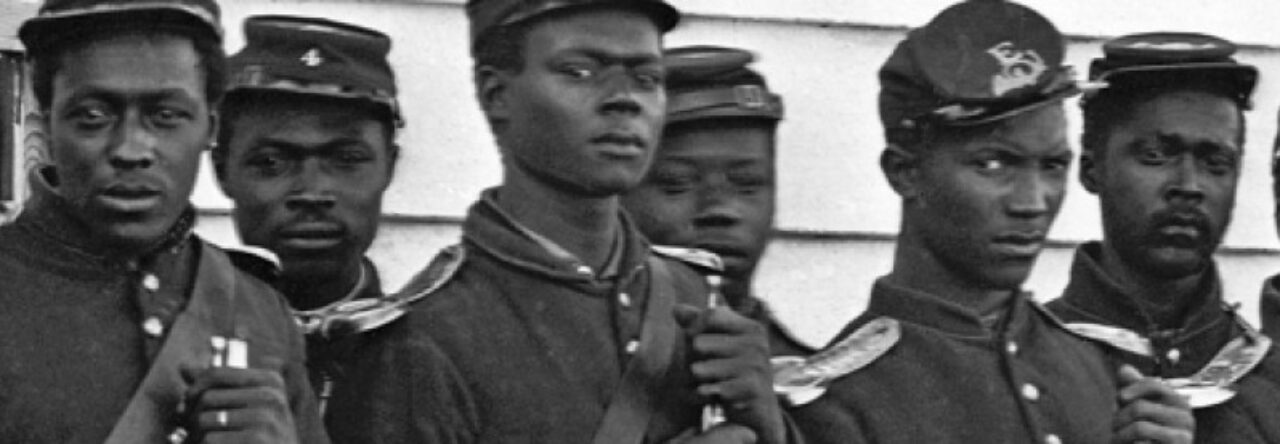It is incredibly difficult to think of a moment that made me want to fight and die for my country. As a liberal arts student at a liberal arts college, I had casual conversations with friends, perhaps late at night and fueled by liquid courage, about what might happen if the U.S. was attacked by an outside force. In reality, the idea is, despite the events of recent years, so remote as to be inaccessible to most Americans.
I was a sophomore in college on September 11, 2001. I remember this as perhaps the most confusing day of my life. I didn’t know what to do, or how to feel. We actually attended class that day — I remember my professor in Italian 101 breaking down in the middle of her lecture.
One thing I remember, beyond the sadness, beyond the confusion, was the rage. The willingness of my classmates to sign up for, or at least talk about signing up for, military service was shocking. Of course, few did, but I know the feeling was not unique to Loyola University.
This is the closest I can get to the mindset of the Oberlin College student cited by McPherson on p. 16 of his book. “WAR! and volunteers are only topics of conversation or thought. The lessons today have been a mere form. I cannot study. I cannot sleep. I cannot work.”
How do we move our students to understand this mindset? The September 11 attacks themselves are difficult to teach — most high school students are too young to remember them. How can we give life to the words long dead soldiers in our nation’s deadliest conflict?

davemcintire
Nathan, I wonder the same thing about teaching about the attacks. This year I will have students who were born after the attacks. Its ancient history to them. I’ve been playing with looking at it from a purely mathematical standpoint. Have them graph the number of enlistments in the six months prior and the six months after and compare to a a couple years before and a couple years after. Once they’ve identified the spike (I am assuming there will be), examine why … I wonder if there are emails or letters similar to the Oberlin ones for 2001. Probably news reports at the least.
janeapplebee
If you have a look at this, there are a couple of clips that may really convey that feeling to your students. The confusion the complete disorientation and dismay of people. There is one clip of firemen running into one of the buildings. A company that never comes out. I can’t even thinking about it without being moved to tears. I don’t know how heavy you want to get but this is a great resource for teaching about the event.
http://www.history.com/interactives/witness-to-911
Elizabeth
I was a sophomore in high school when it happened, and every year on September 11 I ask my 10th graders if they believe America could be attacked or if it is invincible. Many place themselves somewhere in the middle, but there are always several who believe we are vulnerable to attack. We talk about how that mindset has changed, and that if my 10th grade class had been asked the same question on September 10, 2001, we wouldn’t have even understood why the question is being asked.
I’ve had kids conduct interviews with families and neighbors about their views on war — comparing WWII (less so now) and Vietnam era to younger generations, and while it’s not comparable to the Civil War (especially in purpose), it helps them tap into the concept of people’s beliefs about fighting. It’s certainly not perfect, but they always love what they learn and end up having conversations with family members they wouldn’t otherwise have.